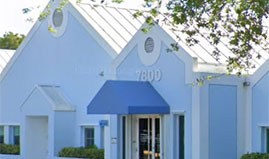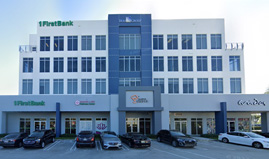Shoulder Biceps Tendonitis or Tear
Description Of Shoulder Biceps Tendonitis/Tear
The long head of the biceps tendon enters the shoulder in a bony trough (bicepital groove) at the front of the shoulder between the attachments of two of the rotator cuff tendons (supraspinatus & subscapularis). The biceps tendon attaches to the glenoid at the top of the shoulder socket. It becomes confluent with the labrum (shoulder cartilage) at the top of the glenoid. Many patients develop degenerative tendinosis in the long head of the biceps tendon similar to the degeneration seen in the rotator cuff tendons. In some patients, bone spurs may narrow the bone trough causing friction of the tendon against the edges of the trough. The tendon may become frayed or inflamed. In patients with a tearing of the upper fibers of the subscapularis tendon (part of the rotator cuff) or a tear of the sheath holding the biceps in the trough, the biceps tendon may become unstable and slip out of its bony groove and rub over the bone edges causing clicking or pain. The tendon may actually rupture completely causing the tendon to retract down the arm towards the elbow. This may cause a fullness at the biceps muscle belly known as a “Popeye” sign.
Treatment Of Shoulder Biceps Tendonitis
Non-surgical Management: Mild fraying or inflammation of the biceps tendon may respond well to rest, rehabilitation and occasional Non-Steroidal Anti-Inflammatory Drugs. Occasionally a cortisone injection to the biceps sheath may significantly reduce the symptoms and allow the tendon to heal.
Surgical Management: If non-surgical management does not yield relief or if the biceps is traumatically dislocated or completely torn, arthroscopic surgery may be required. The tendon may be detached from its attachment on the glenoid (tenotomy) or attached to the humerus bone (tenodesis). A tenotomy allows the biceps to slide down its groove out of the shoulder and may result in a bulge in the biceps muscle below the shoulder – the “Popeye” sign. Usually this is a minor cosmetic abnormality and causes few if any symptoms. In those patients who do not wish to have the cosmetic muscle bulge in the arm, the tendon can be surgically attached to or implanted into the bone through a small open incision that can be nicely hidden in the region of the armpit.













